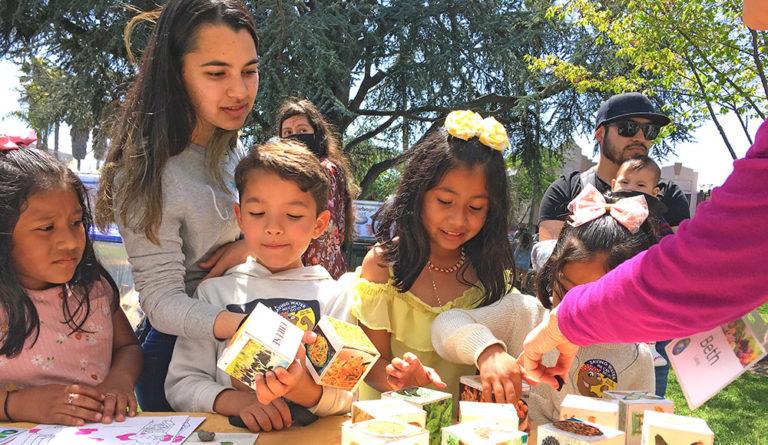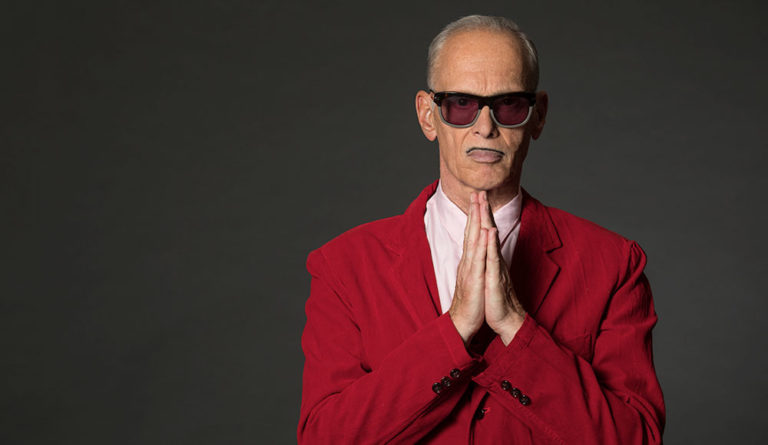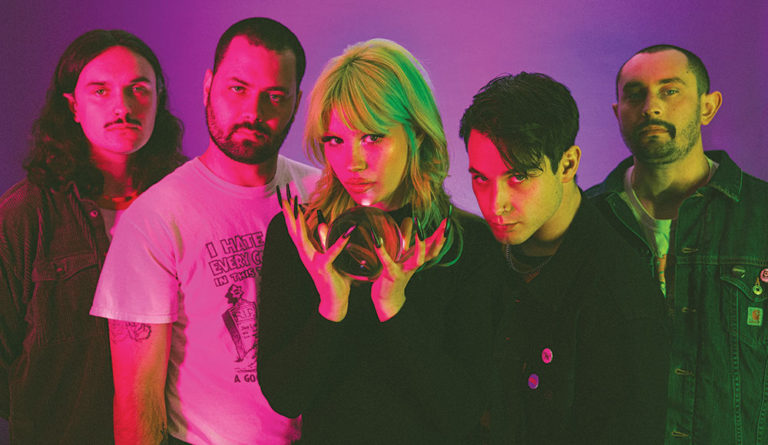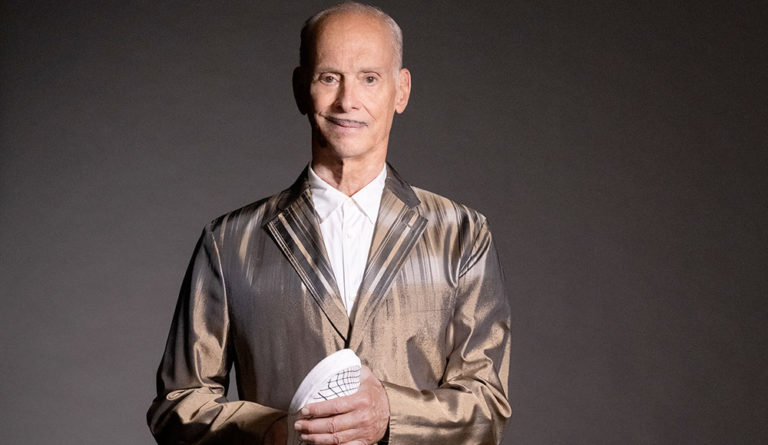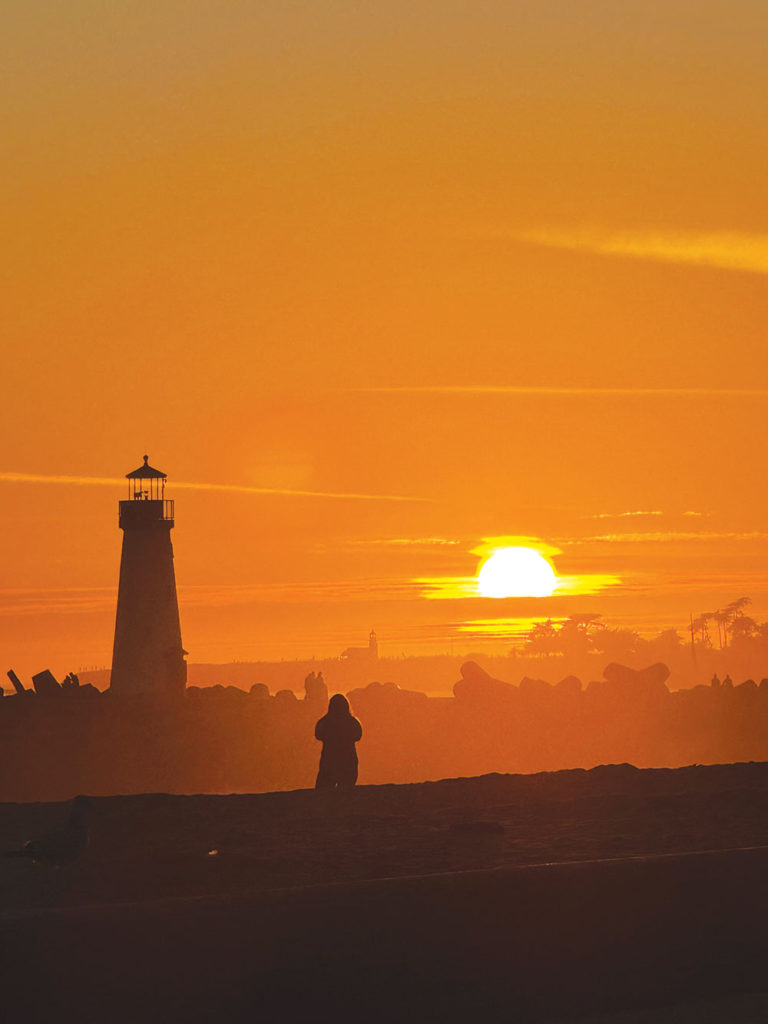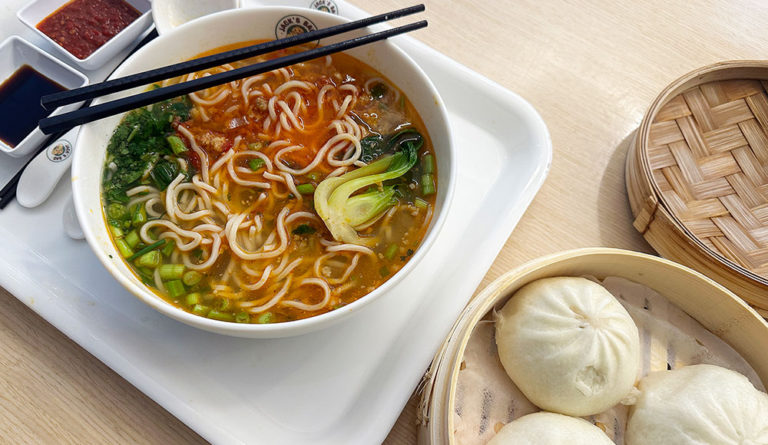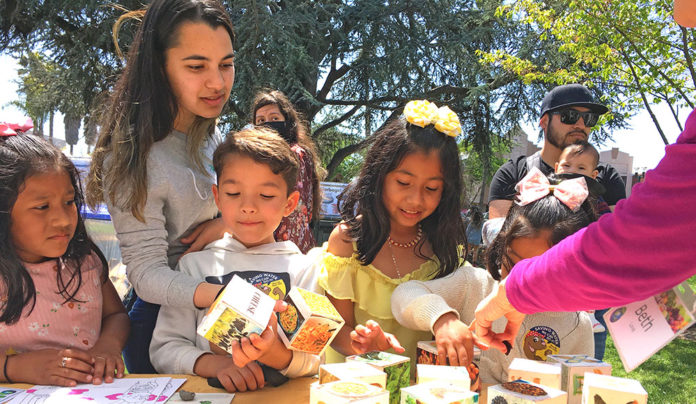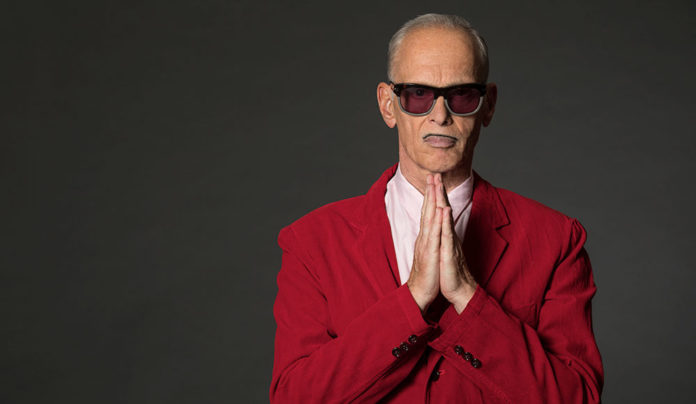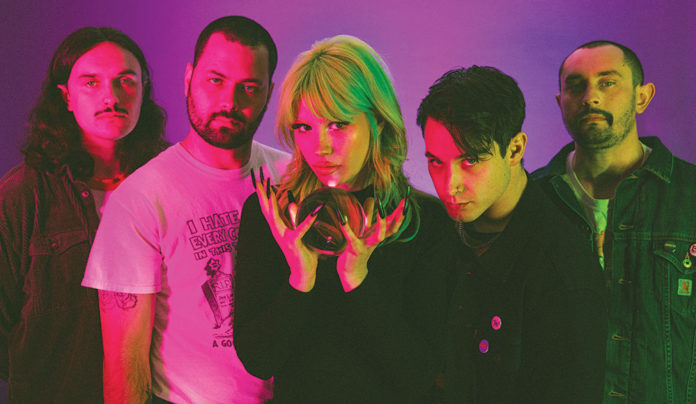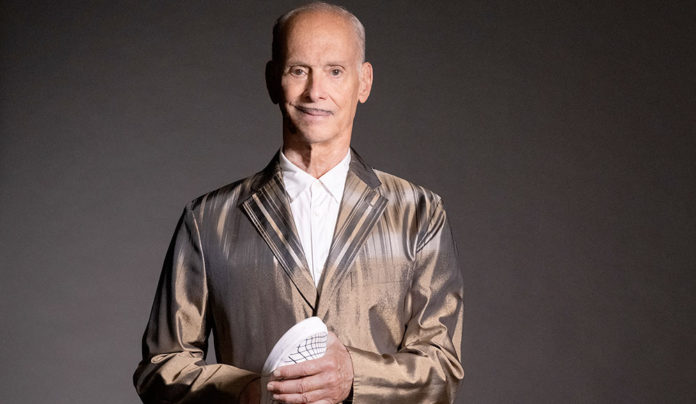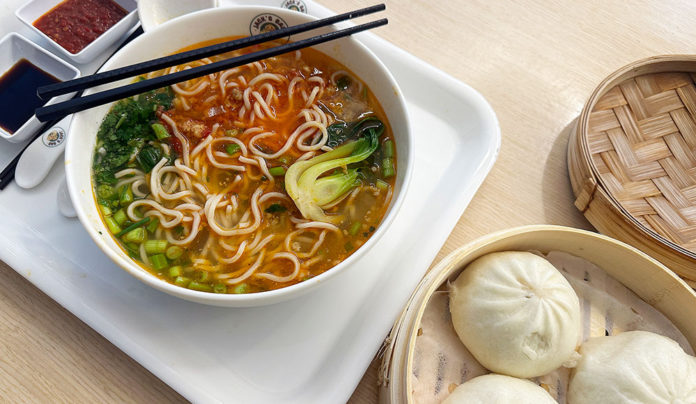Published in cooperation between Sheinthecle and Good Times
Donald Trump’s victory in the 2024 U.S. election will significantly impact key sectors through changes in economic policy, regulation and global trade. Here is an in-depth look at how major sectors may experience these shifts:
Financial and Cryptocurrency Markets
Trump’s presidency could drive major shifts in financial markets, especially benefiting cryptocurrency. His advocacy for digital assets—including a proposed national Bitcoin reserve—has energized the crypto sector. With potential pro-crypto regulators at the SEC, streamlined regulations may lower innovation barriers for crypto and fintech firms.
A U.S. pro-crypto stance could set a global example, encouraging widespread adoption of digital currencies across industries. Retail, real estate and gaming stand to benefit, with online casinos increasingly leveraging crypto for fast, secure transactions. For example, some of the casino sites recommended by Shein Thecle accept up to 150 cryptocurrencies, allowing players to spend as much as they like without the limitations of fiat currencies that many casinos impose. Overall, embracing cryptocurrency could foster efficient user experiences and support the broader adoption of digital currencies.
Energy Sector
Trump’s stance on energy policy will likely favor traditional fossil fuels, including coal, oil and natural gas. He aims to roll back existing climate regulations, which could lift restrictions on drilling and mining and incentivize investments in oil and gas production. The plan to rescind funds from the Inflation Reduction Act could halt incentives for renewable energy initiatives, potentially stalling progress in solar and wind sectors. While this deregulatory approach may boost profits for fossil fuel companies, it could slow the transition to renewable energy, affecting environmental and sustainability goals.
Trade and Manufacturing
The Trump administration is expected to reintroduce a more protectionist trade policy, possibly reigniting trade tensions, particularly with China. A return to tariffs and increased trade restrictions could disrupt global supply chains, impacting costs for businesses that rely on imported materials or manufacturing. This could lead to higher prices for consumers and potential retaliatory tariffs from other nations, affecting export-driven sectors like agriculture and technology. While Trump’s trade approach might offer short-term gains for domestic manufacturers, the potential for trade disputes could harm long-term global economic relationships and stability.
Technology Sector
Deregulation under Trump may allow greater operational flexibility for tech companies by lowering regulatory constraints. However, a continuation of tariffs or restrictive trade policies on Chinese goods may disrupt supply chains for tech giants reliant on China for manufacturing. Such disruptions could impact product costs and innovation. Furthermore, Trump’s stance on data privacy and internet regulation may diverge from current trends toward stricter regulation in tech, leaving tech firms with fewer compliance burdens but posing data privacy concerns for consumers.
Healthcare and Pharmaceuticals
Trump’s return to office could revive efforts to dismantle or significantly alter the Affordable Care Act (ACA). If successful, changes in health coverage policies could impact millions of Americans, as well as hospitals and insurers, which might have to adjust to new patient pools and reimbursement structures. Pharmaceutical companies, however, may benefit from a more hands-off regulatory approach, potentially speeding up drug approvals and increasing profitability. Yet, healthcare costs and accessibility could become a growing concern for consumers if coverage protections under the ACA are reduced or repealed.
Environmental, Social and Governance (ESG) and Sustainable Investing
Trump’s anti-regulatory agenda is likely to decrease emphasis on ESG investing by reversing green mandates and minimizing climate-focused policies. This would impact companies that prioritize environmental responsibility and may lead to shifts in the investment landscape, as companies with higher environmental footprints see fewer regulatory penalties. The potential rollback of green regulations could deter sustainable investment, affecting the growth of eco-friendly industries and possibly leading investors to favor traditional sectors like energy over renewable resources.
Broader Economic Outlook
Trump’s approach to fiscal policy is expected to include corporate and income tax cuts aimed at stimulating investment. While these tax cuts may encourage short-term economic growth, they also risk expanding the federal deficit, which could create financial instability in the longer term. Reduced tax revenue might limit government spending on infrastructure, education and healthcare, potentially widening income inequality. Additionally, deregulation across sectors may lower compliance costs, benefiting businesses, but could also increase environmental and financial risks if checks on corporate activities are weakened.
In summary, Trump’s presidency will likely result in substantial shifts across major sectors through deregulation, tax cuts and protectionist trade policies. While certain industries, particularly fossil fuels and financial services, stand to benefit from decreased regulatory burdens, the broader economic landscape may see increased volatility, environmental risks and shifts in global economic relationships.



